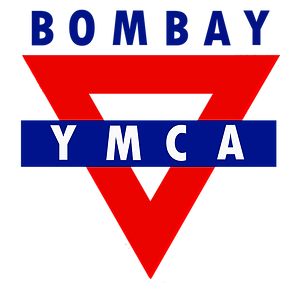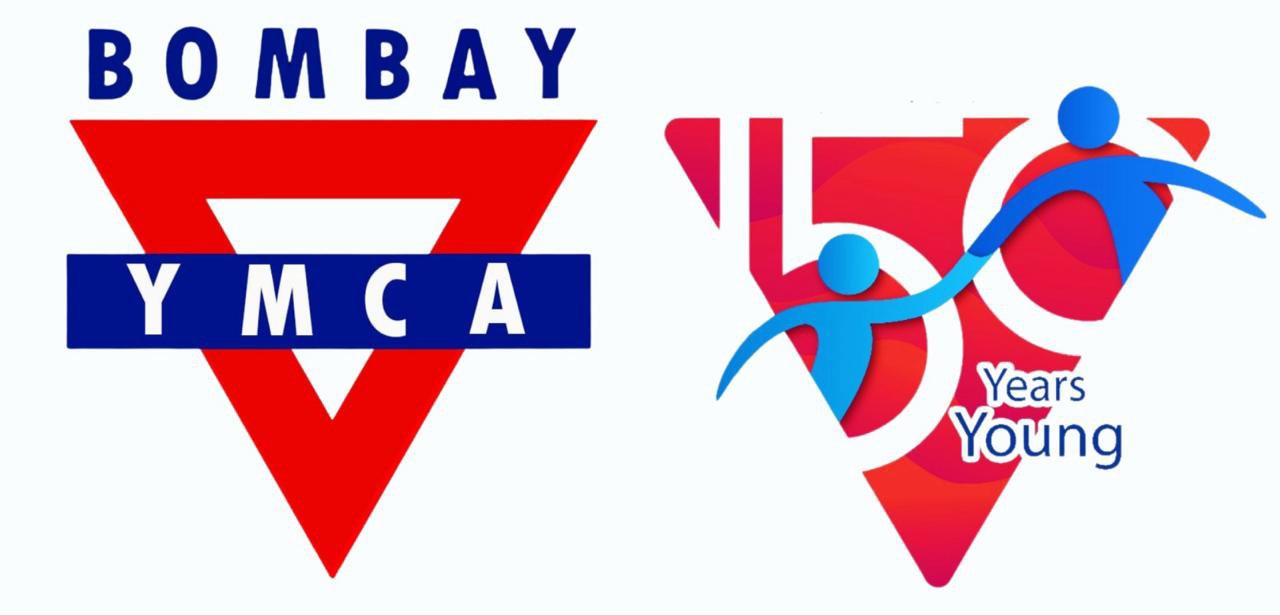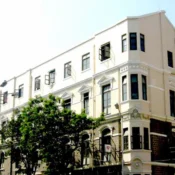
Our logo
The story behind the formation of the famous triangle logo.
In 1878, the Eighth Conference of the World Alliance of YMCAs met in Geneva, Switzerland, and had on its agenda the creation of a “distinctive international badge of the Associations.” The matter was turned over to a committee, and three years later at the Ninth Conference in London, the alliance approved the following: A circle, depicting the oneness of mankind, divided at its outside edge into five segments bearing the names of five parts of the world as they were described at the time – Europe, Asia, Oceania, Africa and America – separated by small decorative scrolls called cartouches “upon which can be read in many languages the initials of our title, YMCA.” Inside the circle are the first two letters of the word Christ. The Greek letters Chi and Rho (XP) form the ancient symbol that early Christians painted on the walls of the catacombs. It was used by the YMCA to remind all that Christ was at the center of the movement. Finally, an open Bible has added “both because this divine book is the weapon of warfare which St. John gives to young men, and because it’s the distinguishing mark of the great Reformation. The Bible opens on the Savior’s High Priestly prayer, from which we have specially chosen the 21st verse: ‘That they all may be one…We are one’ – John 17:21.” Behind the book and symbols was an aura of golden rays. The action on the badge was noteworthy, wrote one YMCA historian, because the phrase “that they all may be one” became the supreme expression of the ecumenical purposes of the World Alliance, pulling together those many sects. Luther H. Gulick, who revolutionized sports and physical fitness at the YMCA, purposed a red equilateral triangle as a symbol in 1891. It was adopted immediately by Springfield College. The sides of the triangle, Gulick said, stood for “an essential unity – spirit, mind and body – each being a necessary and eternal part of man, being neither one alone but all three,” a “wonderful combination of the dust of the earth and the breath of God.”

In 1878, the Eighth Conference of the World Alliance of YMCAs met in Geneva, Switzerland, and had on its agenda the creation of a “distinctive international badge of the Associations.” The matter was turned over to a committee, and three years later at the Ninth Conference in London, the alliance approved the following: Gulick wanted something that would “stick right out” and not be confused with the Red Cross symbol “yet be just as simple and strong.” The red triangle was just that, and it swept the movement, carried around the world by U.S. foreign secretaries. In 1895, the annual convention of the United States & Canadian YMCAs authorized adding the triangle to the old World Alliance insignia. Gullick’s triangle had become the unofficial emblem on athletic jerseys, lapel pins and over the doors of local associations. The resulting design of the official emblem dropped the continents, aura and cartouches along the way, though it’s not clear when that took place.
Recent Posts
The genesis
Smiles in the torrent of tears
BREATHE!
+ 91 22 6154 0100
Call Now
info@ymcabombay.com
Mail Us



